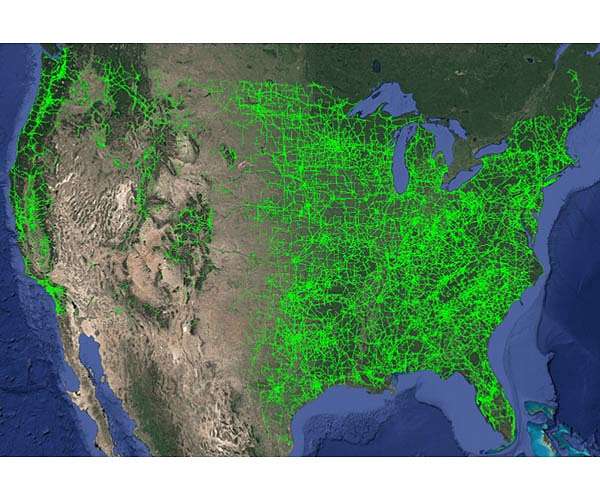Customized innovations for fault detection in sustainable electricity grids
As renewable energy sources such as solar panels and wind generators become an increasingly important part of tomorrow’s electricity grids, new innovations in fault detection are essential. NJIT Associate Professor Joshua Taylor and his team are leading the charge to adapt these technologies to the evolving landscape.
Traditional electricity grids rely on fault detection methods suitable for synchronous generation, such as gas-fired power stations. However, these methods fall short when applied to inverter-based renewable energy systems. In synchronous networks, faults are easy to detect due to abrupt changes in voltage, allowing industrial relays to act as circuit breakers, quickly stopping the flow of power.
“In the event of a fault, such as a lightning strike, the switches open to de-energize the fault and then close again, restoring normal operation,” explains Taylor of NJIT’s electrical and computer engineering department. “That brief flickering light during a storm is often the result of these switches resolving faults.”
However, inverter-based renewables pose unique challenges. Fault currents in these systems can be minimal, making detection difficult. In addition, the varying programming of inverters from different manufacturers means that they may behave differently under fault conditions.
“If a significant portion of the grid is powered by inverters, the fault currents can become unpredictable, leading to potential errors in fault detection,” Taylor said.
To address this, Taylor, along with Alejandro Dominguez-Garcia of the University of Illinois Urbana-Champaign, are leading research funded by the National Science Foundation, with each receiving $275,000. Their approach involves adding a disturbance or asymmetry to the line, creating a signal that circuits can reliably recognize.
“This problem involves applying mathematical principles to create new detection schemes,” Taylor and Dominguez-Garcia wrote in their proposal. Taylor added: “While this is not pure mathematics, it contains theoretical elements that can provide new insights into fault detection in different systems.”
The research team plans to have a PhD student at NJIT work on formulating the design problem, while a counterpart in Illinois will focus on software modeling for three-phase power grids. Illinois will also provide access to a testing laboratory that simulates the electrical grid. Taylor is optimistic that both students will begin their work in the spring of 2025.


